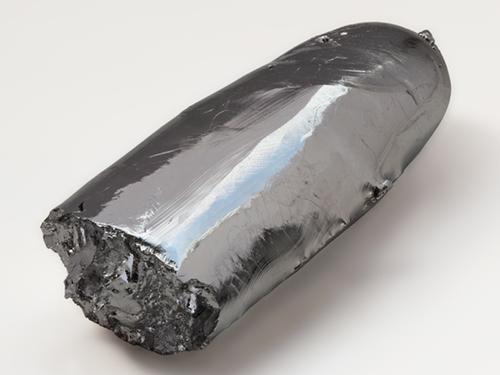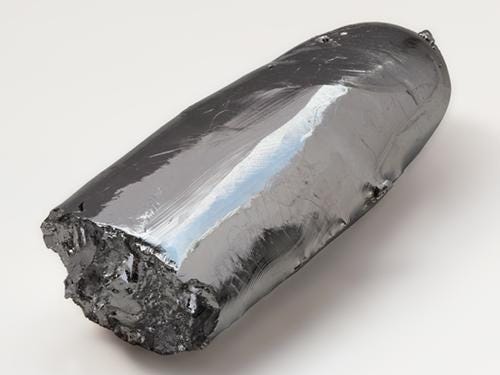February 22, 2012

A research team at the University of Rennes in Brittany has identified the ingredient that makes it possible to use plant oil, instead of fossil fuel-based oil, to produce polyamide precursors. The material that enables this type of chemical reaction is ruthenium, a metal. Polyamides are polymers used in a variety of applications, ranging from fibers such as nylon to highly resistant coatings that protect metal from corrosion.
In the study, researchers selected two streams of renewable materials: fatty acids derived from castor oil, and acrylonitrile, which is a compound that can be easily derived from glycerol, a waste product created in the production of biodiesel. Castor oil is derived from castor beans, which are not a food crop. The team combined the fatty acids and the nitrile component of the acrylonitrile with an additive containing ruthenium.

This process created the precursors to both existing and entirely new types of polyamides in a highly efficient reaction, making a large volume of material relative to the amount of energy invested. The specific reaction is difficult to achieve in the laboratory because the ruthenium additive tends to be sacrificed when it contacts acrylonitrile. The research team initially examined and reviewed several different reaction conditions, as well as additives to discover the optimum method that could provide high yields.
Meanwhile, over in the commercial sector, Cereplast, a manufacturer of compostable and sustainable bio-based plastics, has introduced the next generation of its durable hybrid resins. The Hybrid 102D and 105D grades represent an expansion of the company's Biopropylene polypropylene-based resin products, which are part of its Sustainable Resins product lines. Cereplast anticipates selling the new 102D and 105D resin grades in the US and Europe in the first half of 2012.
The company's Hybrid Resins products replace up to half of the petroleum content in traditional plastic products with bio-based materials, such as starches from renewable plant materials. (You can watch a slideshow illustrating the life cycle of Cereplast's bioplastics here.) They can be used in durable goods, including interior automotive parts, furniture, and consumer products. All Hybrid grades are FDA-compliant for direct food contact. The Hybrid 102D and Hybrid 105D grades are both designed for use in injection molding.
About the Author(s)
You May Also Like



